Summary
Pasture feed intake of individual animals is difficult to estimate. This project aimed to prove that a practical measurement system could open up the opportunity to select cattle for pasture feed use efficiency, which is an important economic trait. Ideas for a system were patented and a prototype system designed. Project objectives were to determine:
1) accuracy of the proposed system;
2) maximum number of head that could be serviced per bin and resulting test cost; and
3) repeatability of supplement and chaff intake level.
Cattle were fed chaff through autofeeders in a feedlot. Their recorded intakes of chaff were compared with that predicted by controlled feeding of wax labelled supplement from a purpose designed (Proway-Cottle-Dove) bin, followed by marker analysis of faecal and feed samples. Intake of native pasture was also estimated by the bin. Much technical development work was needed to tightly control individual supplement intake.
Autofeeder-recorded daily chaff intakes were variable and unreliable and so the results are of limited value. However, the correlations (r) between autofeeder and predicted lucerne chaff intake were 0.64-0.96 based on single faecal samples taken at 5-11 days. These correlations on lucerne:oaten chaff varied from 0.45- 0.69. The bin system used in this trial would estimate pasture intake at an approx. cost of $122/head. The repeatability of pasture feed intake across the year now needs to be determined.


